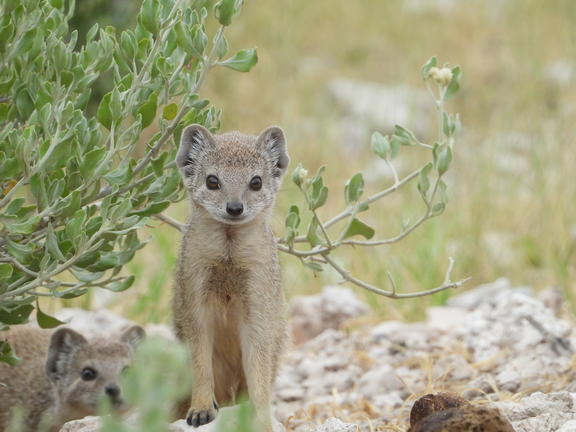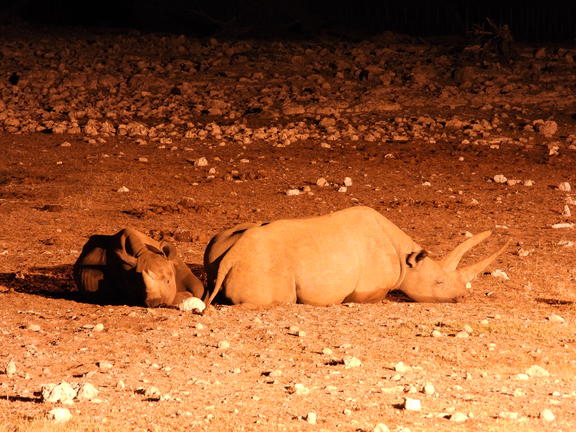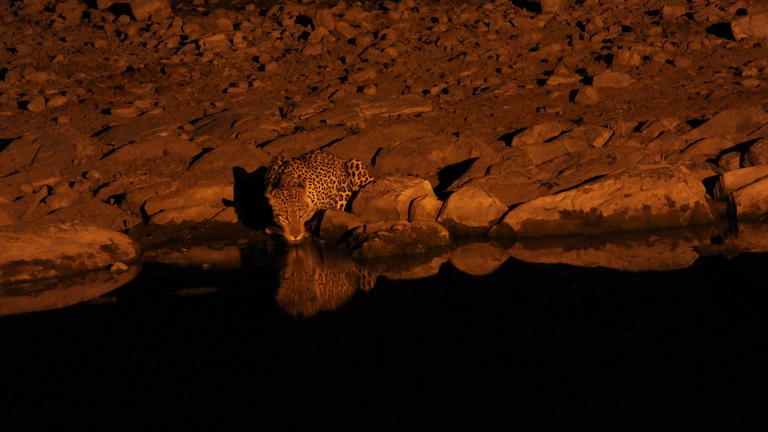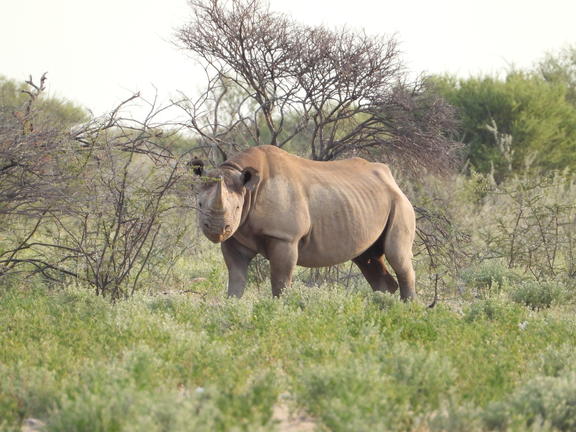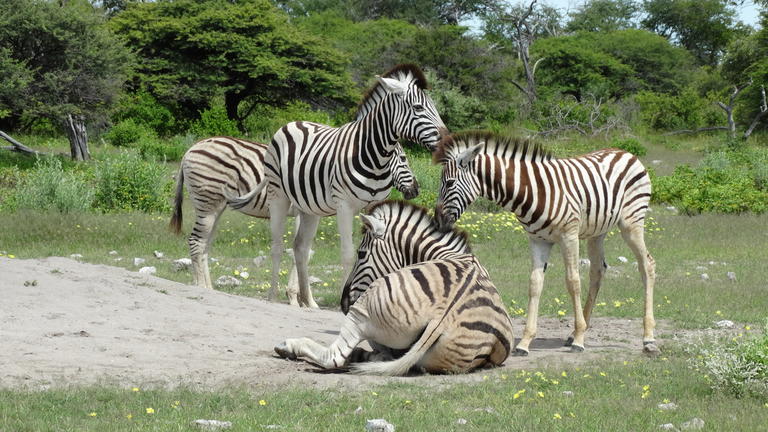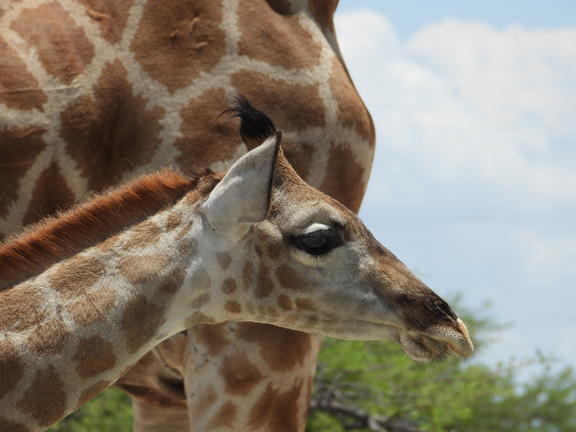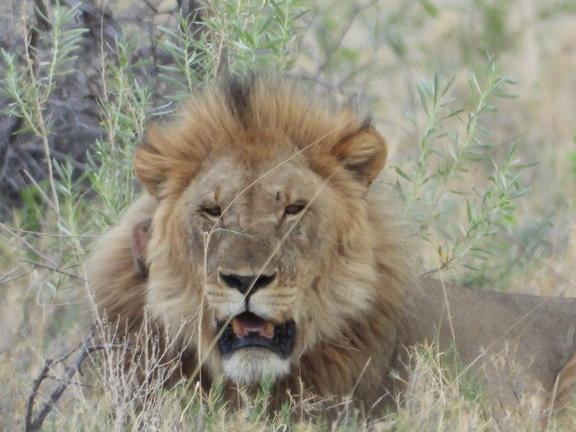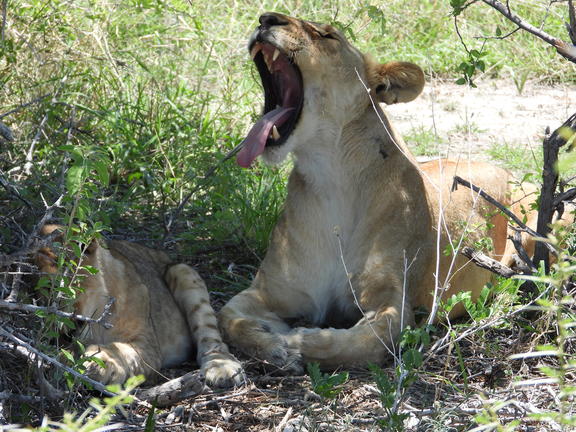The Etosha Pan is a vast, shimmering salt flat at the heart of Namibia’s Etosha National Park, covering approximately 4,730 square kilometers. Its name, derived from the Oshindonga word Etotha, meaning "the place where no plants grow," reflects its stark, arid landscape. Once part of the expansive Lake Kunene, the pan was fed by the Kunene River until tectonic shifts altered its course, leaving behind this remarkable geological feature.
Today, the pan is a terminal playa in the lowest part of the Ovambo Basin, situated between 1,071 and 1,086 meters above sea level. During the dry season, the pan presents a vast, cracked surface, but in exceptionally wet years, it transforms into a shallow lake, attracting thousands of flamingos and other migratory birds. The surrounding area, characterized by dense mopane woodlands, supports a rich diversity of wildlife, including elephants, giraffes, lions, and various antelope species. Etosha Pan is not only a haven for wildlife enthusiasts but also a site of significant scientific interest, with ongoing research into its unique ecosystem and history.

